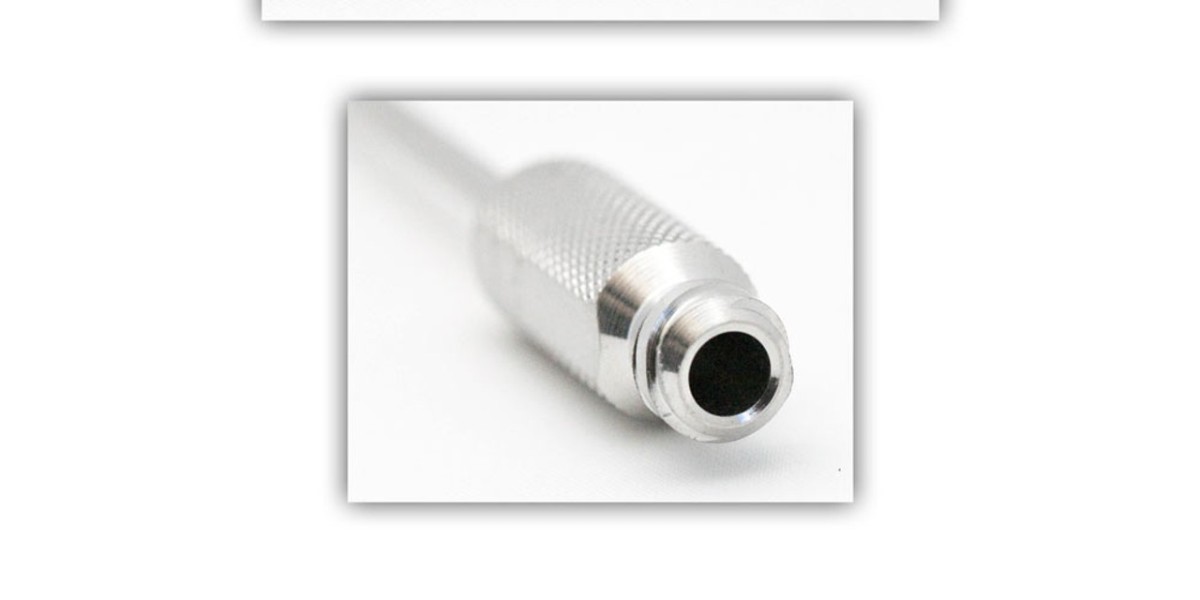United States Water Purifier Market and Forecast (2025–2033)
According to Renub Research United States Water Purifier Market is projected to expand from US$ 17.30 Billion in 2024 to US$ 29.73 Billion in 2033, growing at a CAGR of 6.20% from 2025 to 2033. This growth is driven by rising concerns over water contamination, increased health consciousness among consumers, and continuous technological advancements in purification technologies.
United States Water Purifier Market Outlook
A water purifier is an essential appliance designed to remove harmful impurities, pathogens, chemicals, and other contaminants from water, thereby making it suitable for drinking and domestic use. In the United States, water purifiers have become increasingly significant due to growing safety concerns around tap water, especially in regions where water infrastructure is aging or contamination risks are known to be high.
The primary purpose of water purifiers in the U.S. is to safeguard public health by eliminating heavy metals, microorganisms, industrial pollutants, and chemical toxins that can cause severe illnesses. They also improve the taste, odor, and aesthetic quality of water by filtering out chlorine, sediments, and pharmaceutical residues. Additionally, purifiers offer an environmentally friendly alternative to bottled water, reducing plastic waste and long-term household costs. With solutions ranging from reverse osmosis (RO) systems to UV and activated carbon filters, U.S. consumers now have a broad range of options suited to different purification needs, lifestyles, and budgets.
Request a free sample copy of the report:https://www.renub.com/request-sample-page.php?gturl=united-states-water-purifier-market-p.php
Key Market Drivers
1. Rising Concerns Over Water Quality and Contamination
Water contamination events in the U.S. have been widely publicized, heightening consumer awareness and demand for reliable purification systems. Incidents such as the Flint, Michigan water crisis continue to influence purchasing patterns, pushing households to adopt advanced water treatment technologies.
Persistent contaminants—especially PFAS (“forever chemicals”), lead, pesticides, and microbial pathogens—are among the major concerns. EPA testing has shown that one in ten drinking water systems contain toxic PFAS chemicals, affecting nearly 26 million Americans. This growing awareness has accelerated adoption of RO, UV, and multi-stage purification systems in both urban and suburban markets.
Furthermore, stricter EPA regulations and frequent local water quality alerts reinforce public caution. As a result, households across the U.S. are increasingly turning to in-home purification as a long-term safeguard for health and well-being.
2. Increasing Health and Wellness Awareness
Healthy living trends continue to strongly shape American consumption patterns. With hydration recognized as a core component of overall wellness, consumers are prioritizing purified water for better digestion, improved skin health, immunity, and disease prevention.
Parents, elderly individuals, and health-conscious households are among the most active adopters of high-performance water purifiers. The ongoing shift from bottled water to at-home filtration systems also helps reduce recurring expenses and environmental waste.
In 2023, the Biden–Harris Administration allocated over USD 140 million for 84 water conservation and infrastructure projects across 15 western states—initiatives that saved 77 billion gallons of water annually. Such developments reinforce the importance of long-term water safety solutions and accelerate purifier adoption in vulnerable regions.
3. Technological Advancements and Smart Purification Solutions
Innovation is transforming the U.S. water purifier market. Consumers prefer modern systems equipped with cutting-edge features including:
- Multi-stage filtration technologies
- IoT-enabled monitoring
- Real-time water quality sensors
- Filter replacement alerts
- Mobile app integration
- Energy-efficient purification modes
In 2024, Amway launched the upgraded eSpring Water Purifier with UV-C LED technology capable of neutralizing 99.99% of harmful microbes and microplastics. The purifier boasts 25% lower energy use, 10-year LED lifespan, and the environmental benefit of replacing 10,000 plastic bottles per year.
These innovations not only enhance safety and convenience but also influence strong replacement demand and upgrade cycles among consumers.
Market Challenges
1. High Initial and Maintenance Costs
Although advanced purifiers offer long-term health and financial benefits, high upfront prices remain a significant barrier. RO and UV systems often involve costly installation and recurring filter replacements. As a result, low- and middle-income households may opt for cheaper alternatives such as bottled water or basic carbon filters.
While financing plans and rental models are emerging, affordability continues to limit market penetration in cost-sensitive regions, especially rural communities.
2. Limited Awareness and Trust Concerns
Even with increased attention on water quality, many consumers still lack clarity on the advantages of advanced purification technologies. Misconceptions, reliance on bottled water, and skepticism toward lesser-known purifier brands all contribute to slower adoption.
False marketing claims from some small-scale companies have also undermined trust, making consumers wary of investing in new systems. Educating the public about long-term benefits—both health and financial—remains essential for market expansion.
Market Overview and Growth Dynamics
The U.S. water purifier market continues to grow steadily as consumers increasingly prioritize clean and safe drinking water. Adoption of RO, UV, and activated carbon systems is spreading rapidly across residential, commercial, and institutional sectors. Smart purifiers equipped with connectivity and real-time monitoring capabilities are becoming mainstream, reflecting a broader digital transformation of household appliances.
Market competition is intense, with global brands, regional players, and start-ups launching differentiated offerings. Despite cost and awareness challenges, the market outlook remains positive, supported by environmental concerns, health awareness trends, and government-led water safety initiatives.
Regional Insights
California
California is one of the strongest state-level markets owing to:
- Chronic drought
- Water shortages
- Contaminated underground water sources
- High environmental awareness
Urban centers such as Los Angeles and San Francisco show strong demand for eco-friendly, energy-efficient, and smart purification systems. Although affordability concerns persist, California’s water scarcity challenges ensure steady market growth.
New York
New York’s water purifier market is propelled by:
- Dense urban populations
- Aging water pipelines
- High-profile contamination incidents
- Increasing health-conscious consumer behavior
Compact, technologically advanced purifiers are particularly favored in urban homes. Online retail platforms further boost product accessibility across the state.
New Jersey
New Jersey’s market growth is influenced by repeated reports of lead contamination, especially in cities with older infrastructure. Suburban families increasingly invest in RO and UV systems for long-term health protection. Although cost and awareness gaps remain in certain areas, New Jersey continues to emerge as a key state-level market.
Market Segmentation
By Technology
- RO Purifier
- UV Purifier
- Gravity Purifier
- Others
By Distribution Channel
- Retail Stores
- Direct Sales
- Online
By End User
- Commercial
- Residential
Top States
California, Texas, New York, Florida, Illinois, Pennsylvania, Ohio, Georgia, New Jersey, Washington, North Carolina, Massachusetts, Virginia, Michigan, Maryland, Colorado, Tennessee, Indiana, Arizona, Minnesota, Wisconsin, Missouri, Connecticut, South Carolina, Oregon, Louisiana, Alabama, Kentucky, and the Rest of the United States.
Key Companies Covered (5 Viewpoints Each)
- Panasonic Corporation
- Honeywell International Inc.
- AO Smith Corporation
- Unilever Plc
- Pentair
- Helen of Troy Limited
- Koninklijke Philips N.V.
- 3M Corporation
(Each company analyzed under Overview, Key Person, Recent Developments, SWOT Analysis, Revenue Analysis.)
Conclusion
The United States water purifier market is on a strong growth trajectory, supported by heightened environmental awareness, increasing health consciousness, and growing concerns about contaminants such as PFAS, lead, and chlorine. Technological advances—including IoT-enabled systems and energy-efficient purification—are reshaping consumer expectations and accelerating adoption.
While cost barriers and trust issues still limit penetration in certain demographics, expanding online availability, rental plans, and public education will help drive further growth. With water safety becoming a mainstream priority, water purifiers are evolving into essential household appliances across the United States, ensuring robust and sustainable market expansion through 2033.








